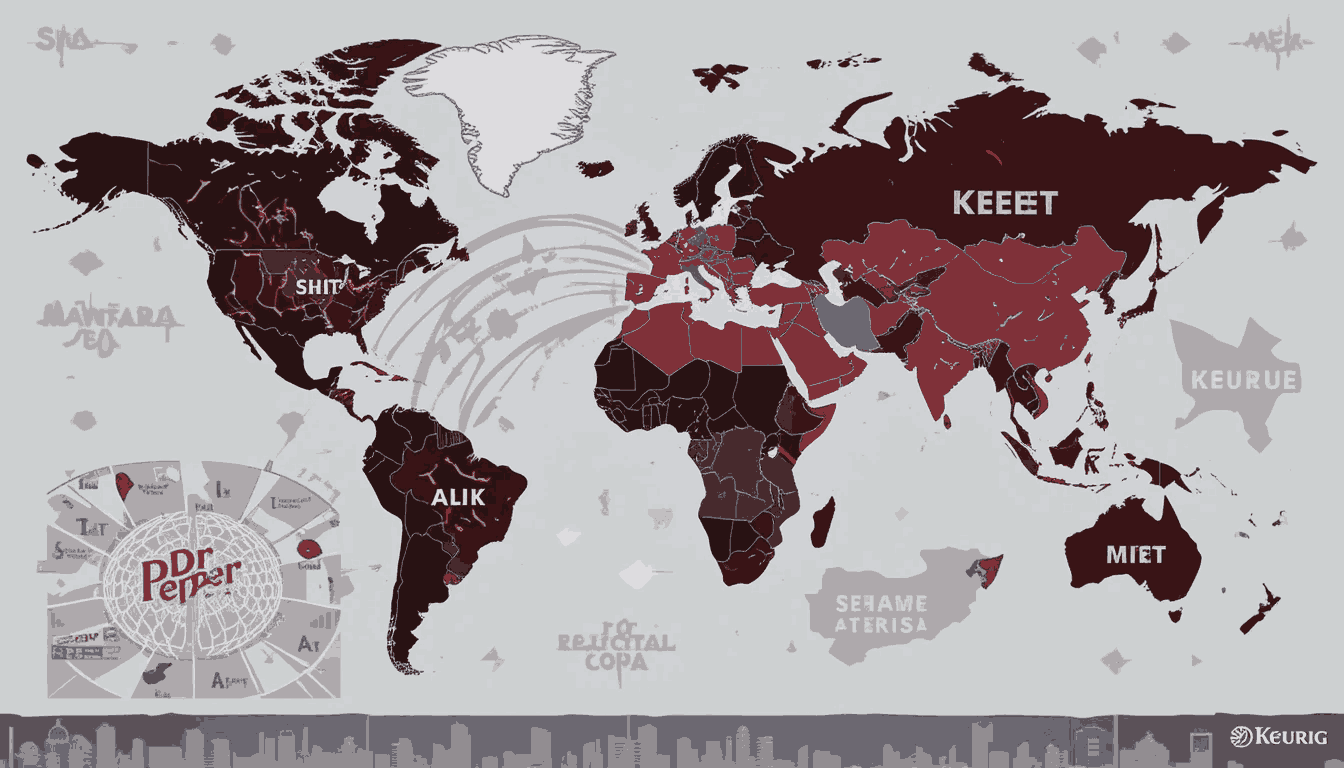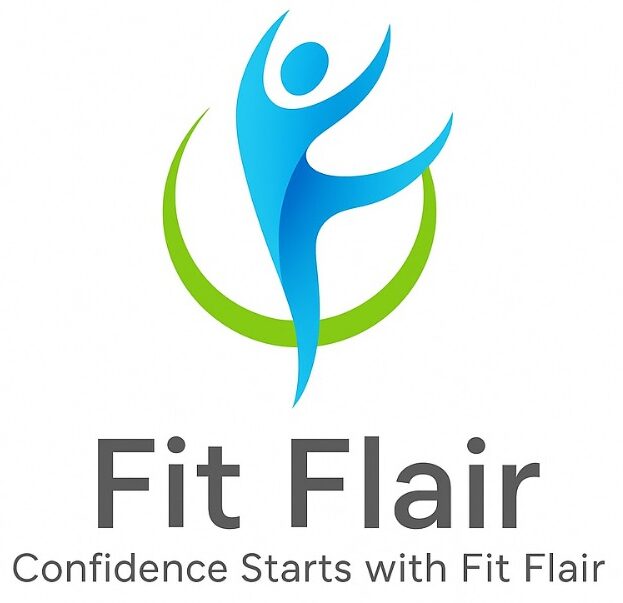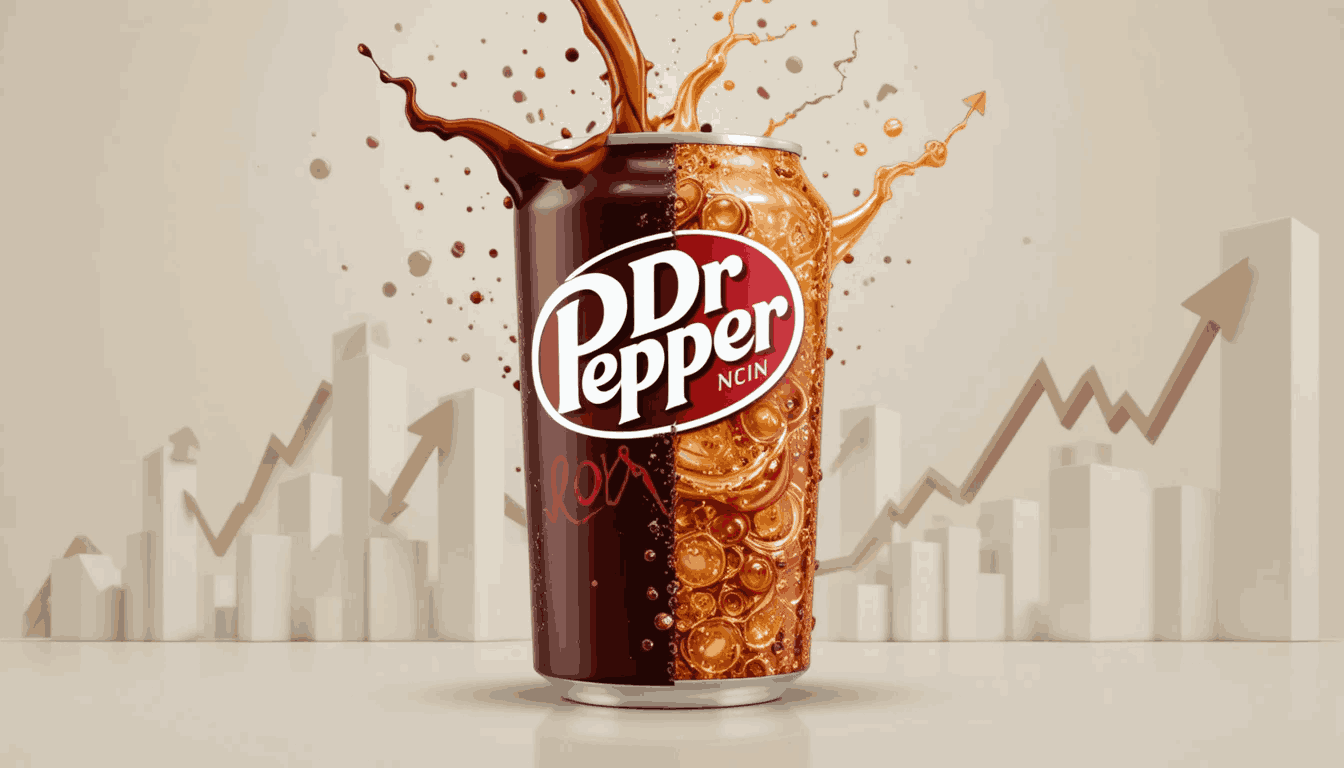Keurig Dr Pepper announces a shocking >$18B acquisition of a top coffee group and plans to split. Discover what this means for the stock, consumers & the industry.
Unpacking the shocking acquisition and bold strategy that will reshape your coffee and soda aisle forever.
Did you feel that? The entire beverage world just got a massive jolt. In a move that sent shockwaves through the market, Keurig Dr Pepper (KDP) announced a landmark deal to acquire the Dutch coffee powerhouse, Jacobs Douwe Egberts Peet’s (JDE Peet’s), for a staggering sum exceeding $18 billion. But the headline-grabbing acquisition is only half the story.
In the same breath, the company revealed an even bolder strategy: it will split into two separate, publicly traded entities.
This isn’t just another corporate merger; it’s a fundamental reshaping of a global giant. For anyone who enjoys a morning coffee or an afternoon soda, this news matters. It affects the brands you love, the price you pay, and the future of the entire beverage industry. Here at AJH World, we’re diving deep into this seismic shift. In this post, you will gain a clear understanding of:
-
The details of the monumental $18 billion deal.
-
The strategic brilliance (and massive risk) behind splitting the company.
-
What this mega-deal means for you—as a consumer, an investor, and an industry observer.
-
The future landscape for two new titans: a pure-play coffee behemoth and a streamlined beverage icon.
The Blockbuster Deal: What Exactly Happened?
On a seemingly quiet Tuesday morning, Keurig Dr Pepper dropped an M&A bomb. The company entered into a definitive agreement to acquire JDE Peet’s, one of the largest pure-play coffee and tea companies in the world.
-
The Buyer: Keurig Dr Pepper, a U.S. behemoth with iconic brands like Keurig, Dr Pepper, Snapple, Green Mountain Coffee Roasters, and Canada Dry.
-
The Target: JDE Peet’s, a Netherlands-based global powerhouse owning brands like Jacobs, Peet’s Coffee, L’OR, Douwe Egberts, and Tassimo.
-
The Price Tag: Over $18 billion in a cash-and-stock deal, one of the largest beverage industry transactions in recent memory.
This acquisition immediately propels KDP into the global coffee stratosphere, creating a direct and formidable competitor to giants like Nestlé and Starbucks on the world stage. But it’s the next part of the announcement that truly changes the game.
Why JDE Peet’s? A Look Inside the $18 Billion Coffee Crown Jewel
So, why spend $18 billion on a Dutch coffee company? Simple: global domination and brand diversity.
While KDP is a force in North America, particularly with its Keurig single-serve system, its international coffee presence is limited. JDE Peet’s is the missing piece of the puzzle. The company has:
-
Deep European Roots: Brands like Jacobs and Douwe Egberts are household names across Europe.
-
Premium Positioning: L’OR and Peet’s Coffee command premium prices and a loyal customer base.
-
Expansive Global Footprint: With operations in over 100 countries, JDE Peet’s gives KDP instant access to markets in Europe, Asia, and Latin America.
By acquiring this portfolio, Keurig Dr Pepper isn’t just buying brands; it’s buying market share, distribution channels, and decades of international coffee expertise.

The Boldest Move: Why Keurig Dr Pepper is Splitting in Two
Acquiring a company is one thing. Immediately splitting your newly-formed empire is another. It’s a high-stakes strategy often used to “unlock value” for shareholders, and here’s the logic behind KDP’s audacious plan.
Unleashing a Pure-Play Coffee Behemoth
The first new entity will be a dedicated, global coffee company. Imagine a business that combines:
-
Keurig’s dominant at-home brewing technology.
-
Green Mountain Coffee Roasters’ powerful K-Cup portfolio.
-
JDE Peet’s vast international brand collection (Jacobs, L’OR, Peet’s, etc.).
This new “Global Coffee Co.” (a placeholder name) would be a laser-focused juggernaut, capable of innovating faster, marketing more aggressively, and competing head-on with Nestlé’s Nespresso and Nescafé brands. Investors who want to bet purely on the high-growth coffee market will have a clear, powerful vehicle to do so.
Refocusing the Iconic Beverage Portfolio
The second company will retain the legendary beverage brands:
-
Dr Pepper
-
Snapple
-
7UP (international rights)
-
Canada Dry
-
Mott’s
This new “Heritage Beverage Co.” will be a stable, high-cash-flow business. Its focus won’t be on hyper-growth but on maximizing profitability, managing iconic brands, and delivering consistent dividends to investors. By separating it from the more volatile coffee division, its true value and efficiency can shine.
What This Means for You: The Impact on Consumers, Investors, and the Industry
For the Everyday Consumer:
Initially, you likely won’t see much change on the shelf. However, over the next 1-2 years, you might notice:
-
New K-Cup Varieties: Expect to see L’OR or Jacobs branded pods for your Keurig machine.
-
Global Brand Introductions: Peet’s Coffee might see a bigger push in international markets, while European brands could test the waters in the U.S.
-
Potential for Bundles: Don’t be surprised to see cross-promotions between coffee and soda brands as the new companies collaborate.
For the Savvy Investor:
This creates a fascinating choice. Do you invest in:
-
“Global Coffee Co.”: Higher risk, higher potential reward. This stock’s value will be tied to coffee commodity prices, innovation in brewing tech, and international growth.
-
“Heritage Beverage Co.”: Lower risk, stable dividends. This is a classic “value” play, banking on the enduring power of brands like Dr Pepper.
The split allows investors to choose their strategy instead of owning a blended, and potentially less focused, single Keurig Dr Pepper stock.
Read more…… Starbucks Pumpkin Spice Latte 2025: Release Date Leaks & The Full Fall Menu
For the Broader Beverage Market:
Competitors are now on high alert.
-
Nestlé and Starbucks: Have a new, focused, and powerful global rival in the coffee space.
-
Coca-Cola and PepsiCo: Face a leaner, more focused competitor in the cold beverage aisle.
For more on industry trends, see the latest beverage market analysis from Beverage Industry Magazine.
The Road Ahead: Challenges and Opportunities for Keurig Dr Pepper
This journey is not without its hurdles.
-
Regulatory Scrutiny: Antitrust regulators in the U.S. and E.U. will take a very close look at this deal to ensure it doesn’t create a monopoly.
-
Integration Chaos: Merging two massive corporate cultures and supply chains is a monumental task.
-
Debt Load: Taking on over $18 billion is a significant financial risk.
However, the opportunity to create two best-in-class, specialized companies could unlock immense value, drive innovation, and redefine the global beverage map for decades to come.
[sp_easyaccordion id=”833
The move by Keurig Dr Pepper to both acquire a global coffee giant and cleave itself in two is one of the boldest corporate strategies the beverage industry has seen in years. It’s a calculated gamble to trade the stability of a diversified portfolio for the agility and focus of two specialized market leaders.
We’ve broken down the “what,” “why,” and “what’s next,” but the true impact will unfold over the coming months. From your morning coffee routine to your investment portfolio, the ripples of this $18 billion bombshell will be felt far and wide. The era of the blended Keurig Dr Pepper is ending, and the age of two new, leaner, meaner titans is about to begin.
What do you think of this move? Is it a stroke of genius or a recipe for disaster? Share your thoughts in the comments below!
The team at Fit Flair consists of market analysts and business journalists dedicated to providing clear, insightful analysis on the news that shapes our world. We believe in empowering our readers with the knowledge they need to understand complex topics and make informed decisions.

